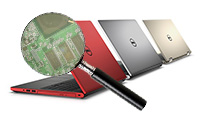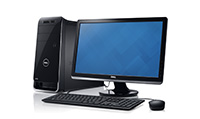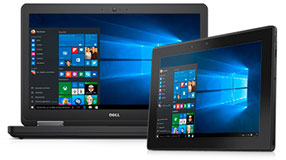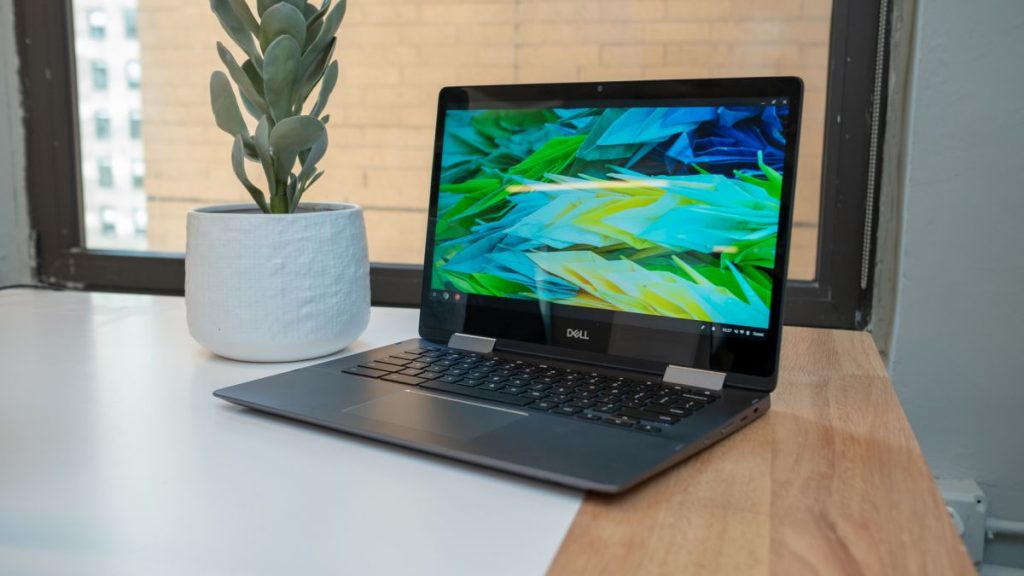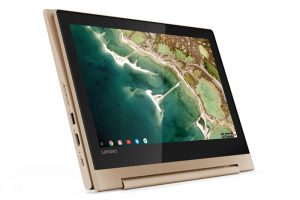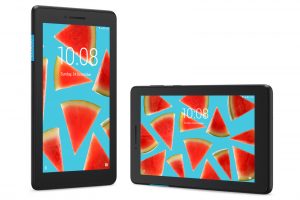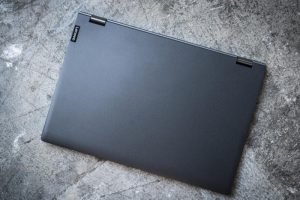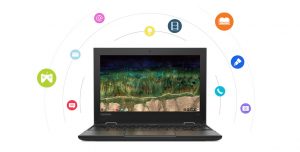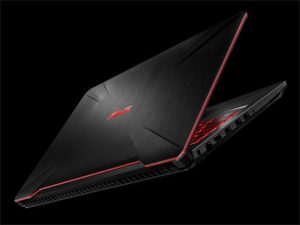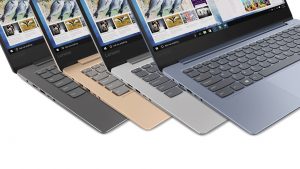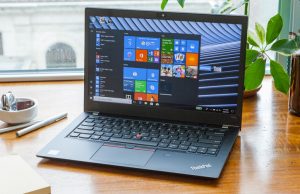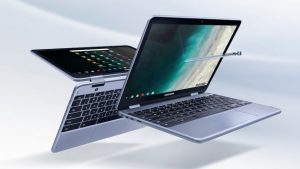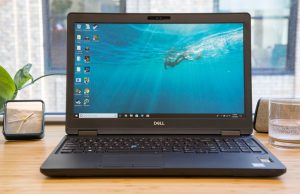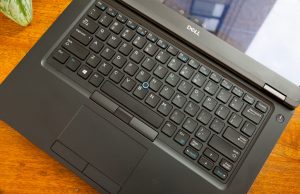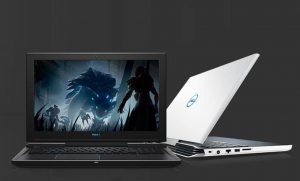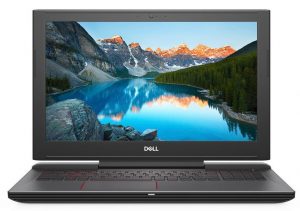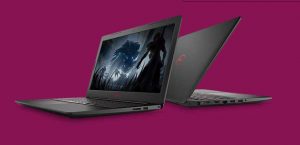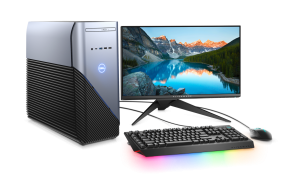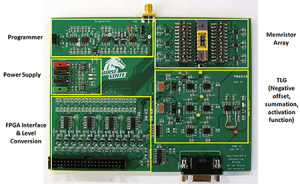

All of this intelligence living inside of our PCs and gadgets has inspired a new innovation based on the structure of the human brain. The brain, which works in very mysterious ways, means that these chips will be quite exotic and their nature. Those responsible for working on this project are from the University of Tennessee, Knoxville. Part of the University's DANNA Neuromorphic Software Project, these researchers are finding and employing components already found in today's computers, and discovering how these off-the-shelf, reprogrammable circuits, called field programmable gate arrays (FPGAs), may be able to simulate just how neurons and synapses work inside the human brain. Similar to the way we discover patterns through probabilities in order to make decisions (our brains have 100 billion neurons for processing and relaying thoughts and information, also ciphering in parallel via trillions of synaptic exchanges), FPGAs excel at doing specific tasks, making them easily reprogrammable for other adaptations.
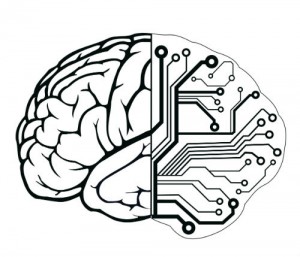

Just a few years ago, the idea of low powered, high-performing computing was something we were expected to see in the “near future”, yet that seemed pretty far away. It is incredible how quickly we will be seeing a chip that operates on the same principles of the brain. These neural networks will push the boundaries of artificial intelligence further than we have seen. If there is a foreseen problem, it is that such devices have no “general purpose” as of yet. Another one is the fact that using FPGAs have the disadvantage of needing to bring the computers offline, disrupting the execution of tasks; they also can't be primary chips that boot systems, they are mostly co-processors, usually using a lot of power.
Still, this could very well be the year neuromorphic computing hatches out of its shell and into the mainstream, as stated by Next Platform’s report on “The Second Coming of Neuromorphic Computing”. The argument resides that deep neural networks and brain-inspired enhancements in our computing should be on the forecast, and a lot of cooperation is already occurring between researchers focusing on this avenue, such as the University of Manchester, the University of Heidelberg in Germany, Stanford University, and the Zhejiang University in China.

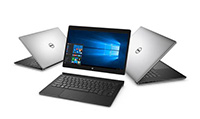 Laptop & Tablet Parts
Laptop & Tablet Parts